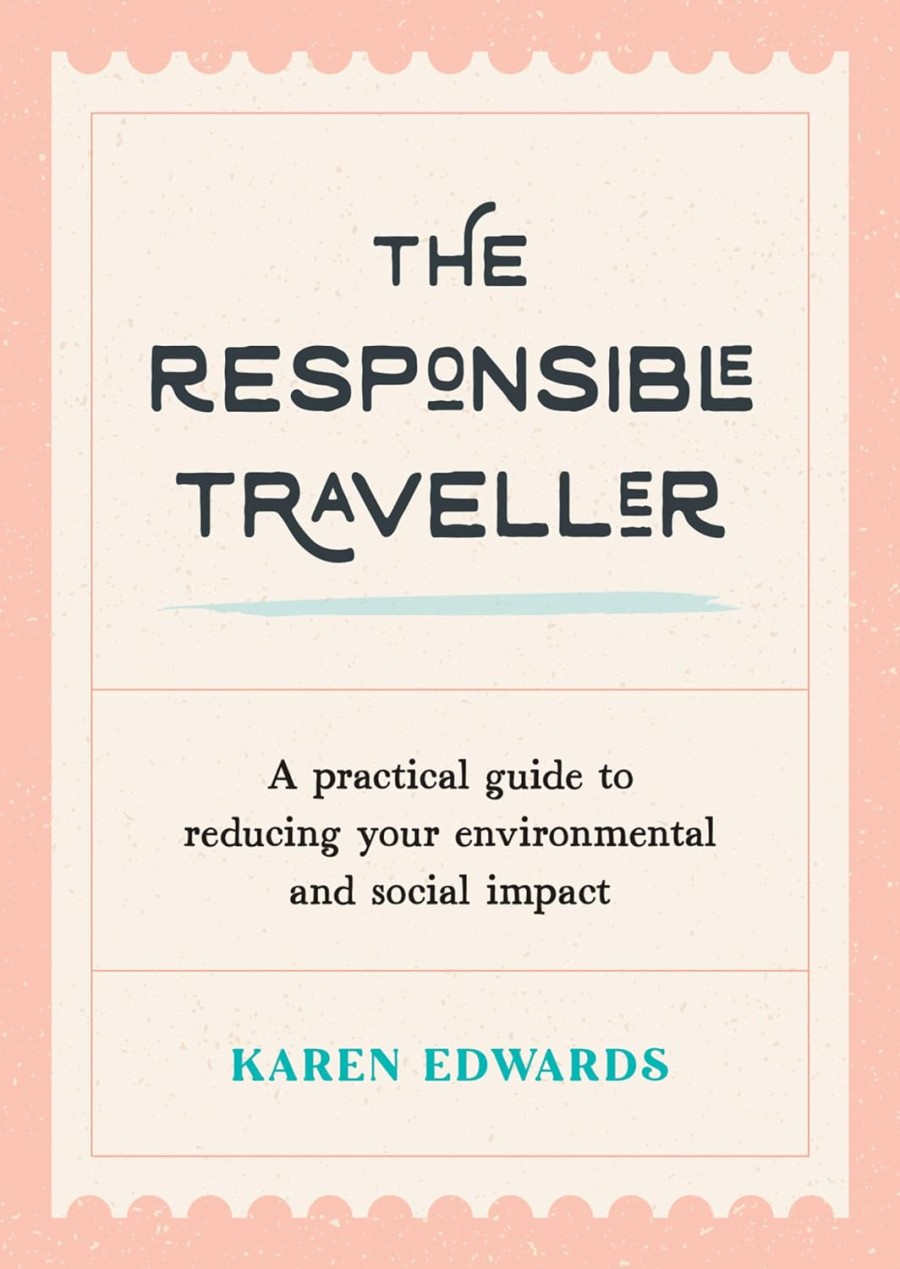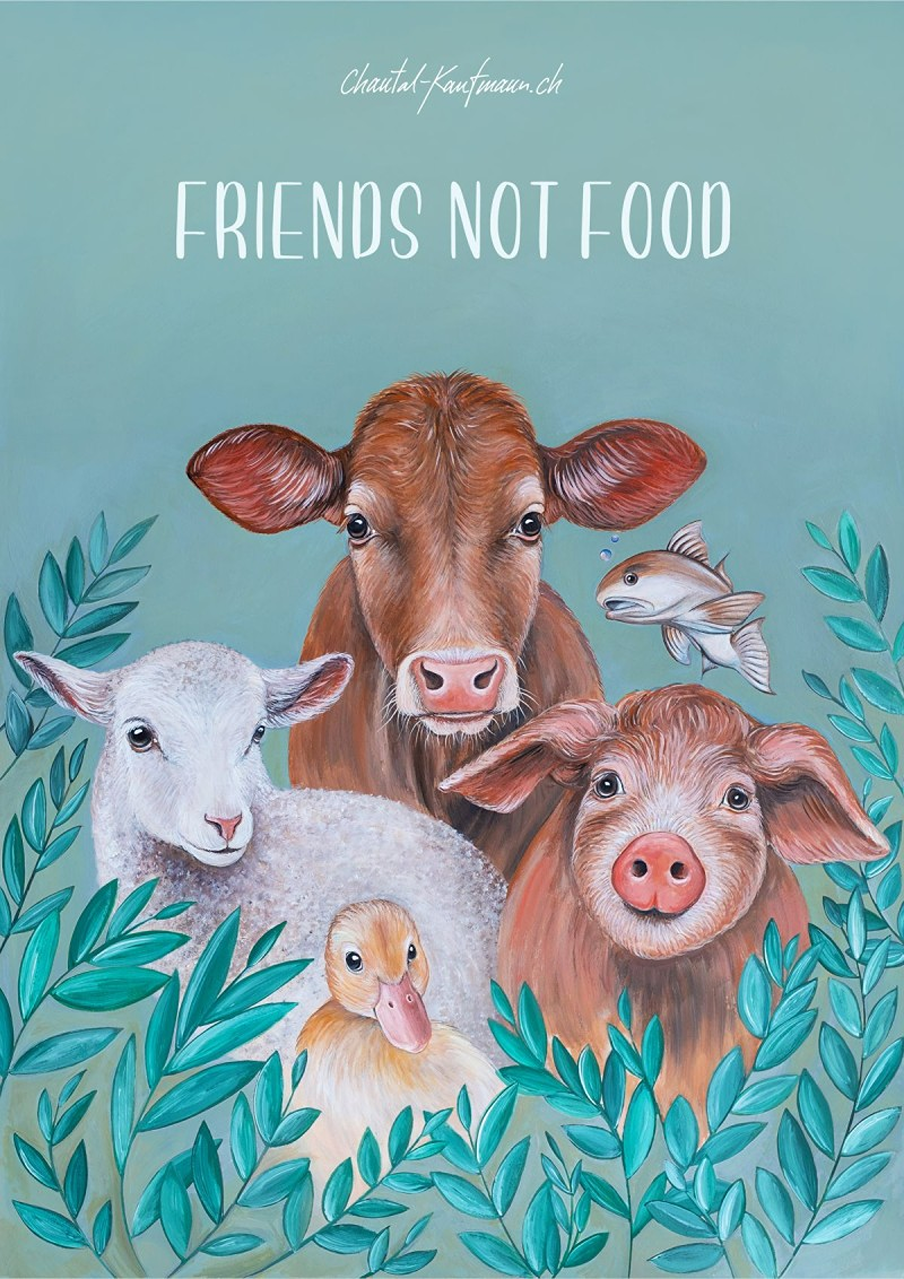Very Good Reasons to Avoid Balloon Releases

Balloon releases may look like fun, but they cause incredible harm to marine creatures (sea turtles think they are their favourite food of jellyfish, once they land in the sea). And eat them, which causes choking and death, to them and many other species.
On land, cattle eat them (resulting in belly ulcers). And one horse recently died in Yorkshire, after choking on balloon string. Even children can choke (you can’t do CPR on a child, as the balloon would expand in the throat).
Aren’t Balloons Biodegradable?
Most balloon companies will tell you that latex balloons biodegrade. They do, but it takes 6 months. And meanwhile, those released burst into thousands of pieces, and fall to the ground (or more usually sea, as 70% of our ocean is covered in water). And most balloon string is not biodegradable.
If you do use balloons, then only use them indoors, and use natural raffia to keep them secure. After use, use scissors at the base knot to quietly deflate, cut into pieces and securely bin.
Latex and foil (Mylar) balloons stick around for weeks, months, or even years. They litter beaches, forests, parks, and roadsides. Same with those ‘bouncy balls’.
Also don’t release fire lanterns (choking hazards due to metal spikes and fire hazards to wildlife – one recently fell into the enclosure of a German zoo and killed all the animals).
Even kites can slice off wings in the sky, or have strings that tangle. You can buy biodegradable ones from cornstarch, but it’s best not to use them. If you do, don’t fly kites at dusk or dawn (when birds are most likely in flight).
Bans on Balloon Releases Are Spreading
Many places across the UK and worldwide have banned balloon releases. If you hear of a balloon release, write to your councillor and MP, and inform of the dangers of releasing balloons to all innocent creatures (one released balloon can travel 200 miles, before dropping the ground or ocean).
Where To Recycle Unwanted Balloons
Take helium gas canisters to household waste recycling. Beforehand, leave the valve open and pierce the cylinder bursting disc (depressed circle).
Some balloon makers say that you can cut up and compost balloons. But writers at The Conversation tried this, and it didn’t work. They ‘composted the balloons’ under proper conditions and found that four months later, they were more or less intact.
The only way at present to ‘get rid of balloons’ already bought, is to get your office or community together, and buy a Terracycle Party Supplies Box.
This is around £100 to £300 (depending on size). But for that, your community gets to ‘get plastic party supplies’ out of your town forever’ so if done well, you would only need one ‘amnesty box’.
When full, you just use the pre-paid label to send the box off, and it’s recycled into other things. The boxes also accept:
- Plastic cutlery
- Party Hats & Glasses
- Costume Masks
- Non-electronic decorations
- Plastic flowers
- Plastic straws
- Plastic ribbons & bows
Sustainable Celebration Alternatives
There are better ways to celebrate moments that don’t involve single-use waste. Alternatives include:
- Reusable paper balloons
- Recycled paper garlands
- Eco celebration bunting
- Recycled paper decorations
- Planting trees in the Highlands (memorials)
Don’t use paper decorations in high-moisture areas (kitchens, bathrooms) as it will damage paper and cause ink to run. Use a gentle fluffy duster to clean, to avoid disturbing folds.
Keep paper decorations away from heat and light (and string away from children and pets. Read about keeping pets safe at Christmas.






